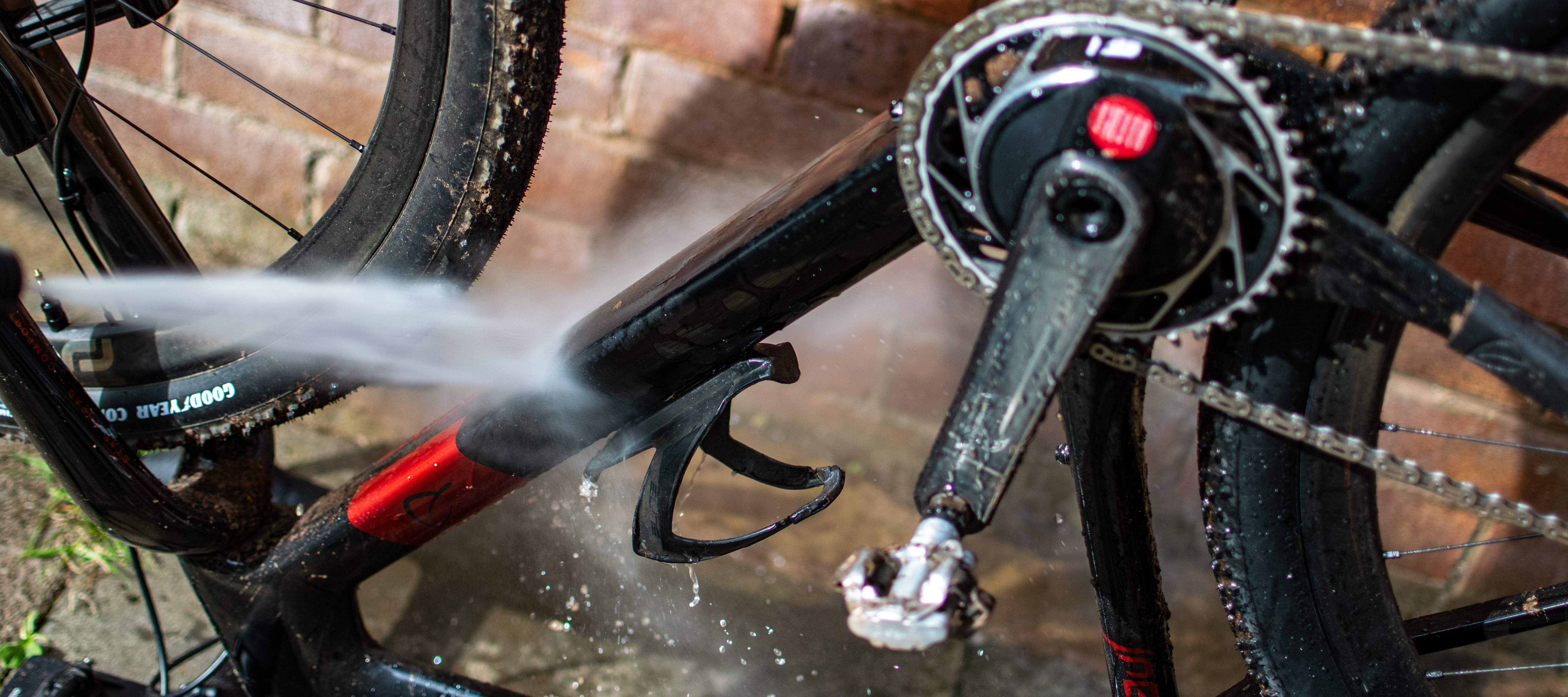Cyclingnews Verdict
The K2 Classic is more than powerful enough to blast dried dirt and muck off the bike and tackle other household jobs. Be warned, though, it's pretty loud when in use.
Pros
- +
Powerful enough for most jobs
- +
Easy to use
- +
Lightweight and relatively compact
- +
Maintenance free
Cons
- -
Loud, ear protection advised
- -
Can’t modulate water pressure
- -
The hose lead could be longer
- -
Tricky hose connector on pressure gun
You can trust Cyclingnews
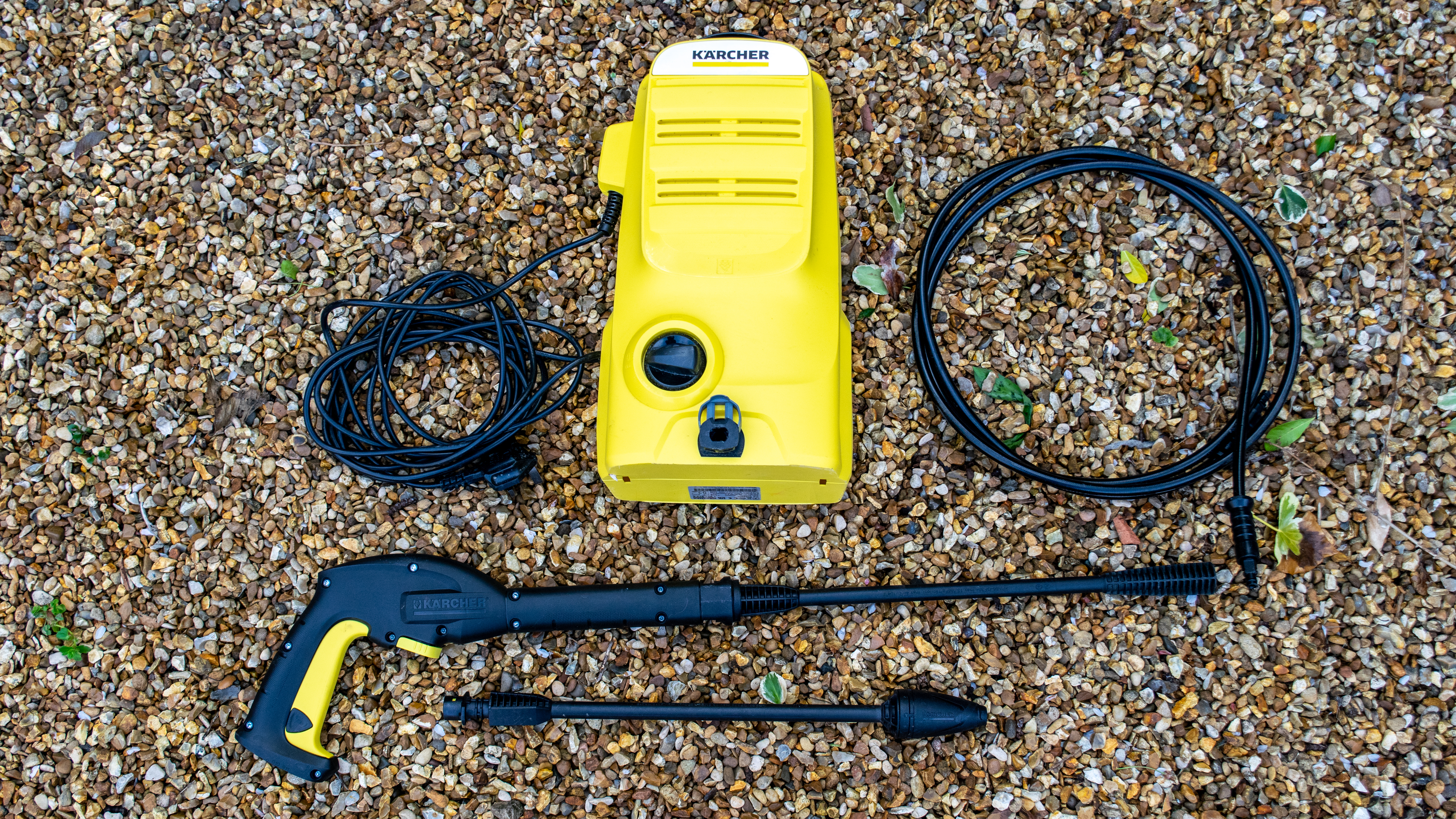
Price: £100 / $N/A
Weight: 4.1kg
Power source: Mains
Pressure: 110 bar
Accessories: 2 x lances included, lots of aftermarket options
A pressure washer isn’t an essential tool when it comes to cleaning your bikes, but owning one can certainly be a useful aid, especially if your bike is covered in mud or dirt. Most pressure washers are also powerful and versatile enough that they can take care of several other jobs for you at home, from the most obvious, which is cleaning the car, to cleaning patios and backyards, etc, the list goes on.
When it comes to cleaning bikes, my stock response for a long time, generally when it comes to road bikes at least, has been to avoid using a pressure washer. The best way for me to really see if this was the best advice was to test one out for myself.
I’ve been testing the Karcher K2 Classic pressure washer, one of Karcher’s entry-level units, to see how it fares when hosing down bikes. The K2 Classic is one of the more affordable units from Karcher and has an RRP of £100, though you can shop around and find it for less. The brand says the unit is perfect for “occasional use on light dirt on garden furniture, gardening tools, bicycles and elsewhere around the home.” The K2 Classic is a UK-specific unit; for US readers, the K1 looks to be the equivalent model at $139.99.
Head to our best pressure washers guide for a curated selection of the best pressure washers for bikes.
Design and aesthetics

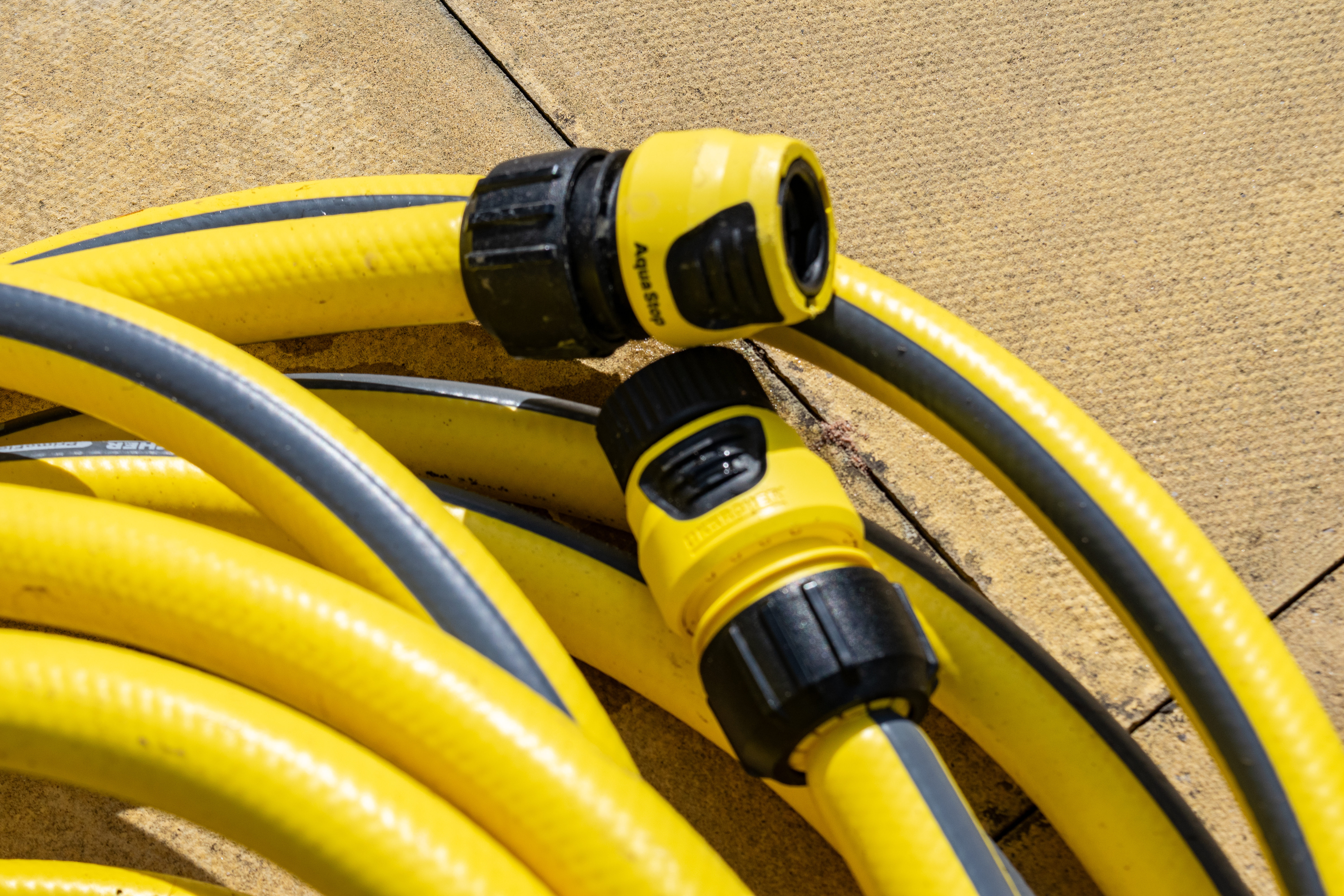
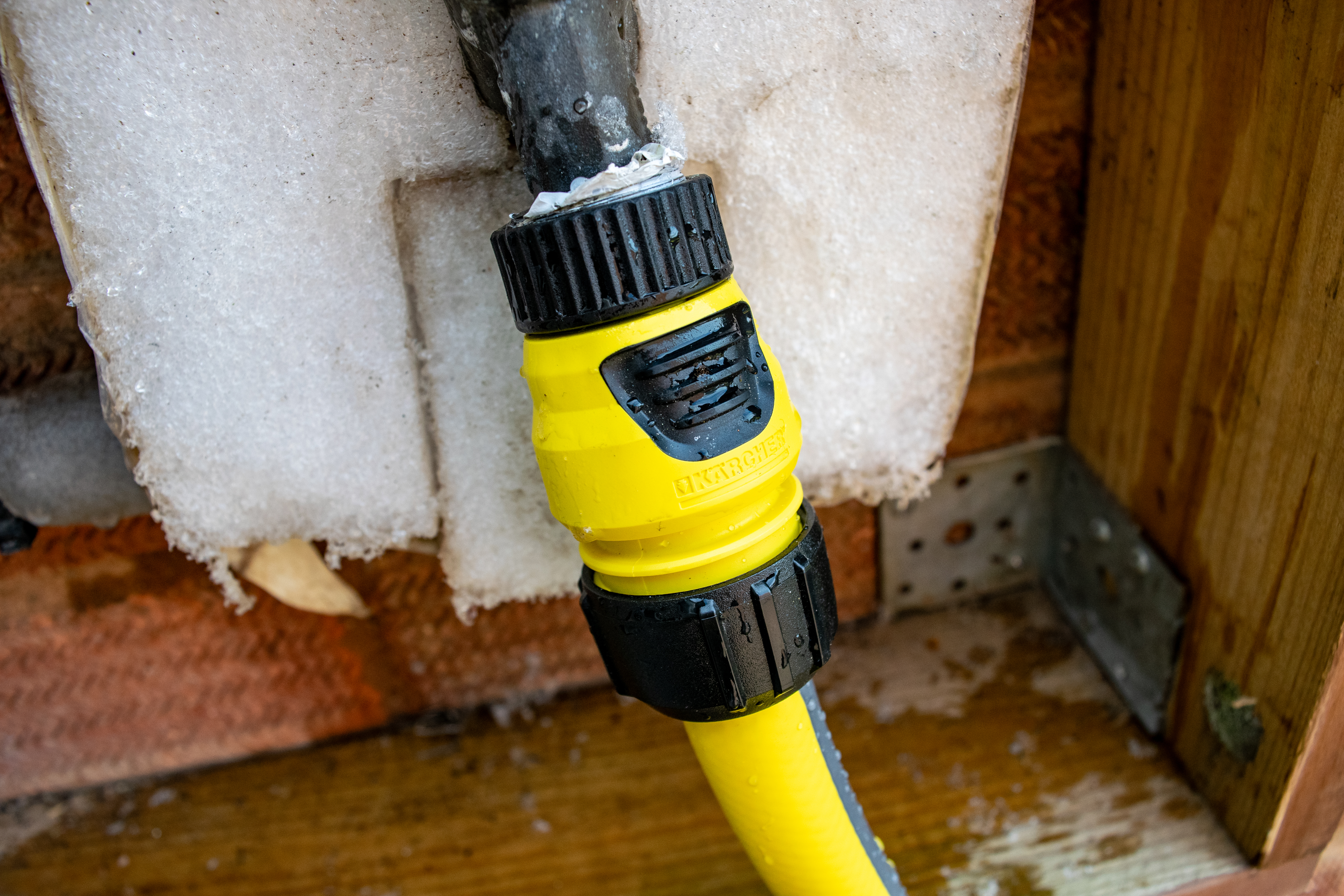
The K2 Classic, as mentioned, is one of the more entry-level pressure washer units produced by Karcher. The brand's pressure washer ranges all start with the letter K and then get given a number, the K2 range is designated as ‘for beginners’ and rises up in number order to the K7 range, which is marked as ‘for experts’.
The unit arrives in a sensibly sized cardboard box, without a load of plastic packaging. Included with the pressure washer unit itself are a high-pressure ‘gun’ and two interchangeable lances, one is a one-way spray lance, and the other is a ‘dirt blaster’ which rotates and is meant to be better suited for things like patio or stone cleaning. There’s also the high-pressure hose that connects the pressure washer to the pressure gun, and a quick connector so you can easily attach your garden hose to the machine. Karcher also offers a range of aftermarket accessories that can be used with the unit, like a dedicated patio cleaner and snow foam lance for car cleaning.
On the subject of hoses, I didn’t have the correct garden hose to allow me to hook up the K2 to my outdoor tap, which meant purchasing a new hose. I bought the Karcher Garden Hose and connection set, which includes a 10-metre length of sturdy 19mm hose and two Karcher universal hose connectors, which let you easily connect to a regular tap fitting (pictures above). This kit was £35 and once tightened down, has been completely leak-free so far. It’s pretty annoying, I find, when a hose or similar leaks water, so tighten the connectors down well onto the hose. You do this by hand, it's tool-free.
The unit itself is made from a plastic outer casing, there’s minimal assembly and zero maintenance required long term. The brand does stress to keep the K2 away from frost, though, so bear that in mind for storage. For setup, click the attached carry handle into place on the top of the unit, fit a lance to the pressure gun, and connect the high-pressure hose from the pressure washer to the gun. This hose has flat fittings that push into place, you can’t really go wrong, it's all very simple. The key is to lift up the plastic tabs on the connectors to click and lock them properly into place. I missed this initially, which caused a brief leak.
Performance

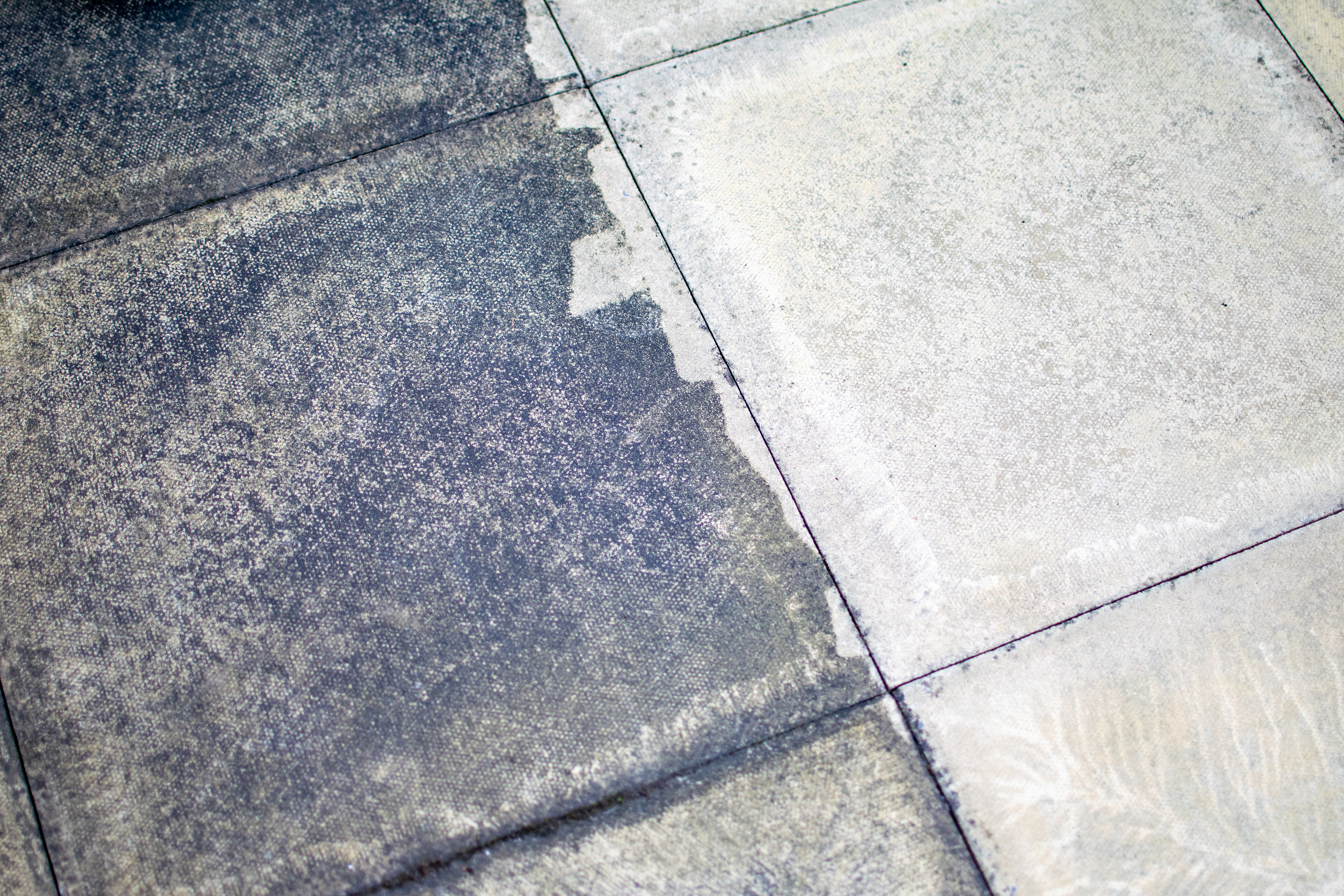
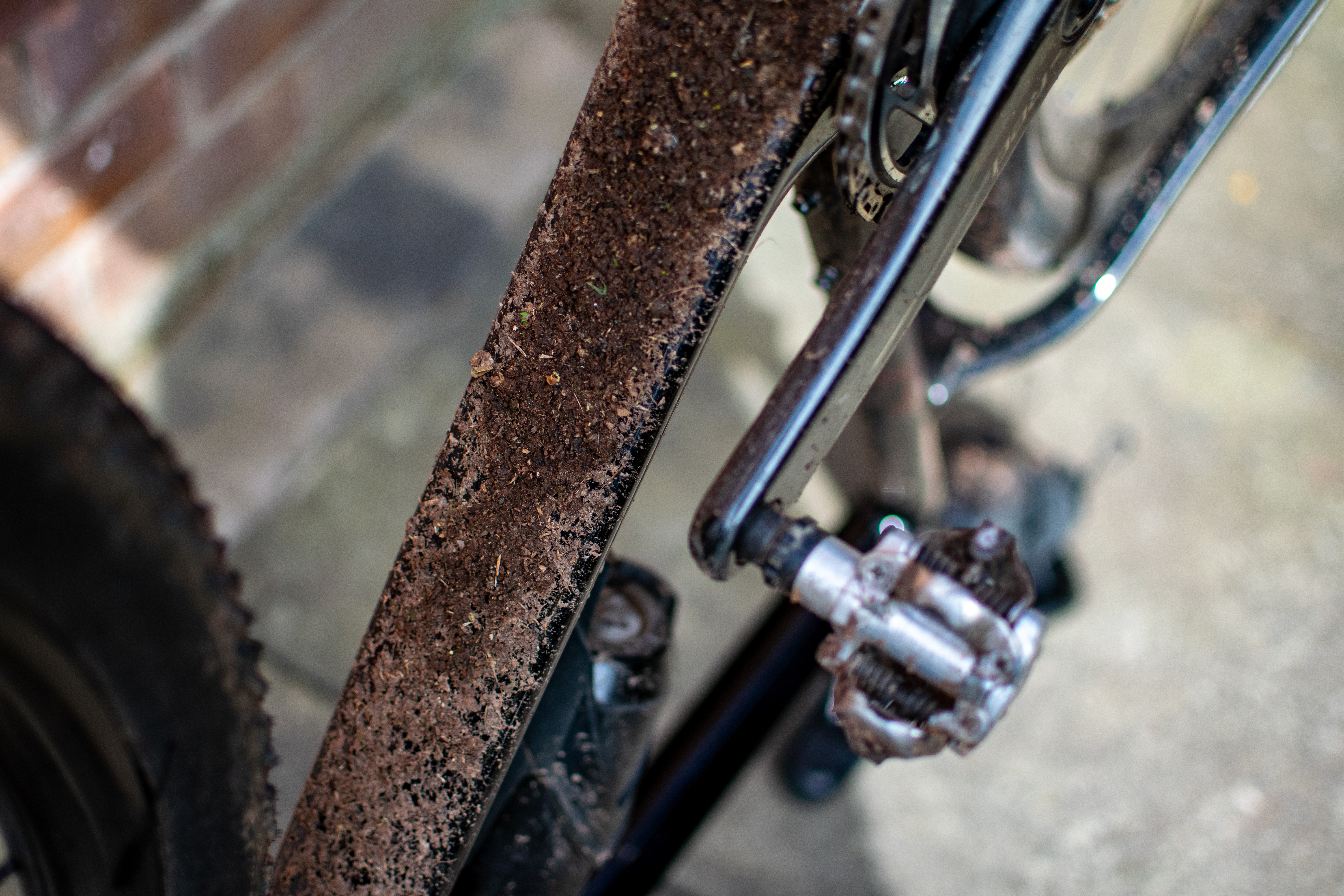
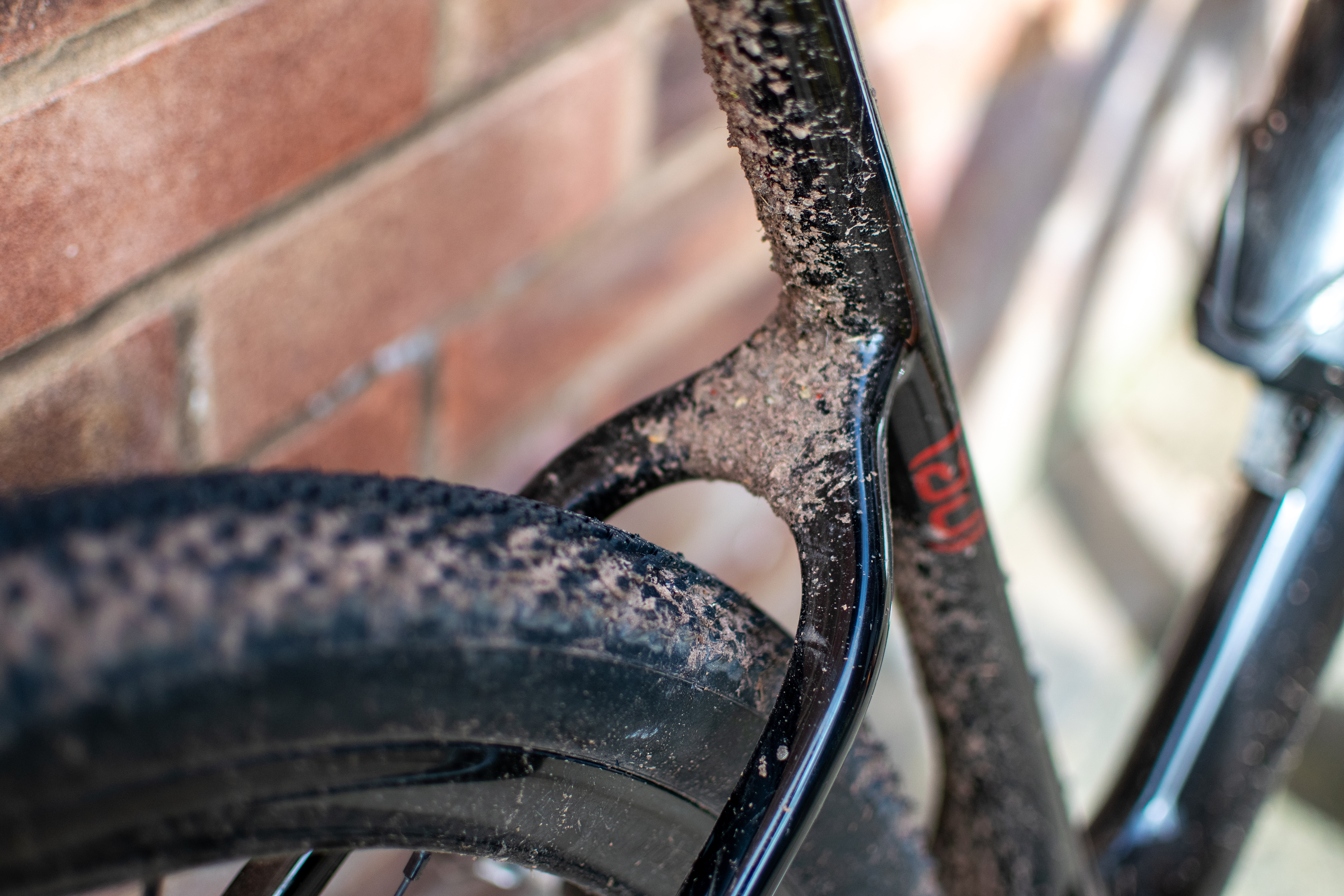
Once you've finished assembly and are ready to go, you only need to turn the tap on, plug in the electric plug and turn the pressure washer to ‘on’. There’s one single switch on the whole unit, so you can’t go wrong. From there, make sure the lock button on the gun is pushed in, pull the trigger itself and you're pressure washing. It really is very simple.
In use, the K2 itself does run quite loud, I measured the noise at about 90-95 decibels using an iPhone app. For prolonged patio cleaning, I put on some ear defenders to stay comfortable. For short blasts like cleaning the worst of the muck off a bike, you might be ok, but if you can protect your hearing, it’s the smart choice because it is pretty darn loud.
If you pressure wash in the evening whilst your neighbours are outside enjoying a sunset in the garden, for example, it won't make you very popular.
I’ve done a lot of gravel rides already this year where the bike has come back absolutely covered in mud, and blasting the bike clean immediately has been the way to go. This won’t be a surprise to mountain bikers, but we road riders tend to be a little more pressure washer averse.
Gravel or mountain bikes (and road bikes on rare occasions) can end up plastered in mud. If you have to scrub at this mud or dirt, especially when dry with a brush or sponge, you have a greatly increased chance of adding scratches and swirls to your paintwork, and none of us want that. If you can blast off the majority of the mud with a pressure washer, you've cleaned the bike without even touching it. Which long-term will keep the paintwork in far better condition. You can then come in with your bike wash and brushes, etc. When it comes to letting the water do the cleaning work for you on dirty bikes, a pressure washer puts you at an advantage.
The K2 allows you to blast the worst away instantly, and it has an advantage over my regular garden hose when it comes to cleaning things like tyres and tyre treads in particular, thanks to the extra power on offer from the electronic system.
The K2 also made light work of some discoloured slabs in my garden, which tells me its 110 bar max pressure is powerful enough to blast water into nooks and crannies on the bike. I can achieve this with an intense garden hose session, so I would avoid close up blasting around hubs, bottom bracket, headsets and just more sensitive areas generally, reading the manual Karcher does recommend users ‘Maintain a minimum spray distance of 30 cm when cleaning painted surfaces’ I would advise at least the same for your high-end bike parts as well.
There are a few niggly points aside from the racket it makes in use that I'm not so keen on. There are attachments to clip the lances into and look one of the leads around on the body of the unit when it's not in use, but it's not the slickest, and the thing can get in the way to a degree when not in use. I think in time, once I get a dialled storage system in place, it will get neater, maybe with an old toe strap to keep the electric cord tidy.
The other is that the high-pressure black gun hose has a mind of its own, you need to uncoil it and get it straight before you use it properly, otherwise you will be constantly battling and unwinding it, in my experience anyway.
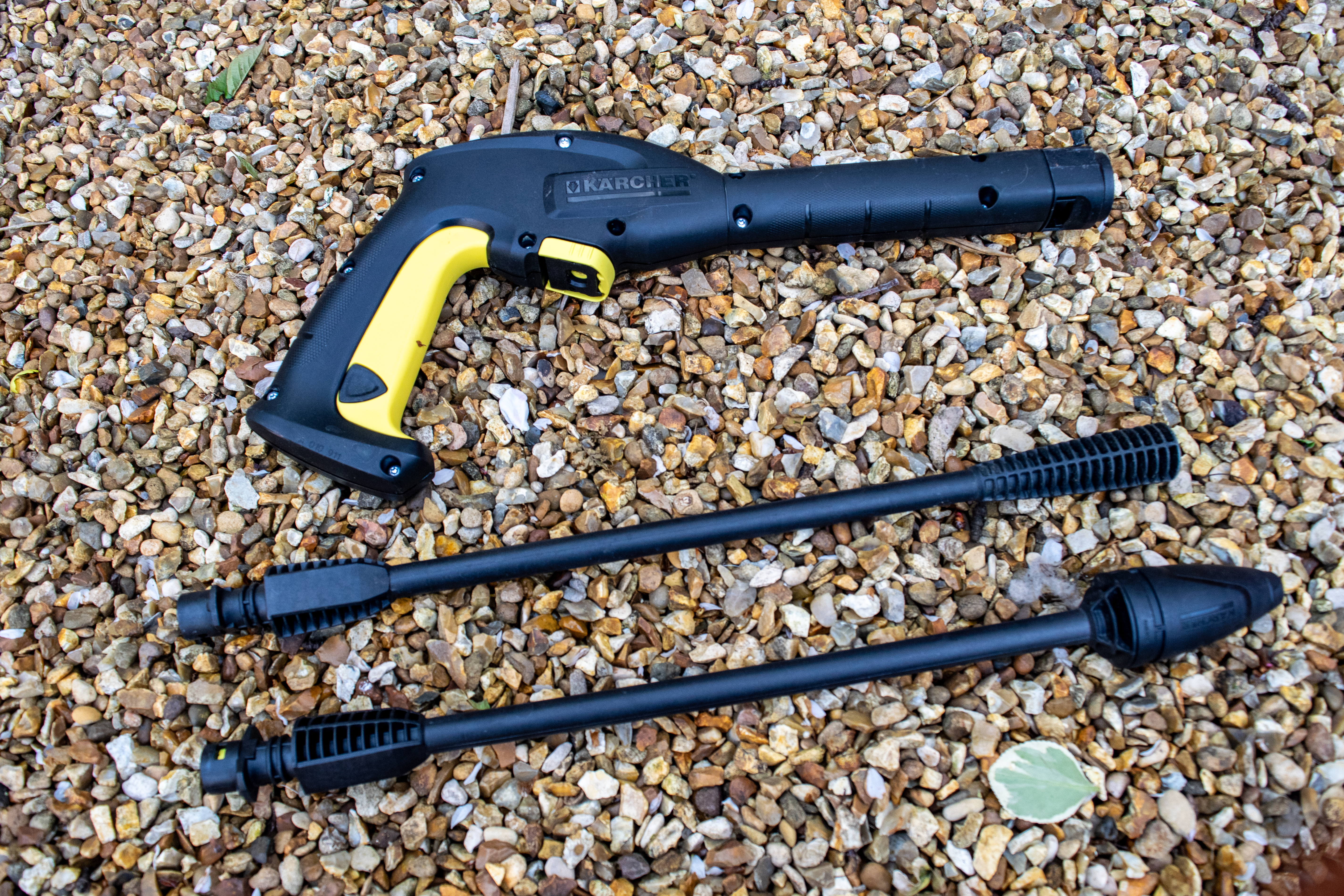

Value
For the money, I think this is a really useful tool to have at home. You can use it for the bike, yard, and other jobs around the house like cleaning guttering, fascias etc, the list goes on.
This is also slightly cheaper than the portable and battery-powered OC3 unit from Karcher that we recently reviewed. If you need more power and unlimited water, the K2 may be a better option for you, though the OC3 does pack a good punch.
It’s not meant to be a bulletproof workhorse, and Karcher makes this clear. It is for more occasional or shorter use. Most of my riding is on the road, with some gravel work, so for quickly blasting the worst off a very muddy bike every week or two, it’s proven to be very capable. You would probably find yourself tackling a range of jobs with it as soon as you invest, a bit like I have.

Verdict
The K2 Classic is an affordable pressure washer from Karcher that should handle spraying down the odd filthy bike, cleaning a car or periodic household maintenance jobs easily. It's easy to use and set up, and I haven't had any issues there.
Wear some ear protection, it is loud, and I'd recommend spending more if you want a pressure washer to do something like blast filthy mountain bikes every weekend or to clean multiple cars week in, week out. For lighter use, if you look after the K2 Classic, it will look after you.
| Design and aesthetics | A simple design that's easy to use. An attractive enough looking bit of kit | 8/10 |
| Durability | Construction seems sturdy enough, the finish isn't too high end though. Has performed well for me so far | 7/10 |
| Cleaning power | Powerful enough for a range of household jobs, cars, stonework, cars etc | 8/10 |
| Value | At under £100, this is about a proper pressure washer starting point, good performance for the money | 8/10 |
| Row 4 - Cell 0 | Row 4 - Cell 1 | 31/40 (78%) |

Tom joined the Cyclingnews team in late 2022 as a tech writer. Despite having a degree in English Literature he has spent his entire working life in the cycling industry in one form or another. He has over 10 years of experience as a qualified mechanic, with the last five years before joining Cyclingnews being spent running an independent workshop. This means he is just as happy tinkering away in the garage as he is out on the road bike, and he isn’t afraid to pull a bike apart or get hands-on with it when testing to really see what it’s made of.
He has ridden and raced bikes from an early age up to a national level on the road and track, and has ridden and competed in most disciplines. He has a keen eye for pro-team tech and enjoys spotting new or interesting components in the wild. During his time at Cyclingnews, Tom has already interviewed some of the sport's biggest names including Mathieu van der Poel, Tadej Pogačar and Alberto Contador. He's also covered various launches from brands such as Pinarello, Ridley, Specialized and more, tackled the Roubaix Challenge sportive aboard his own rim-brake Cannondale SuperSix Evo, tested over 20 aero helmets in the wind tunnel, and has created helpful in-depth buying advice relating to countless categories from torque wrenches to winter clothing.
You must confirm your public display name before commenting
Please logout and then login again, you will then be prompted to enter your display name.
